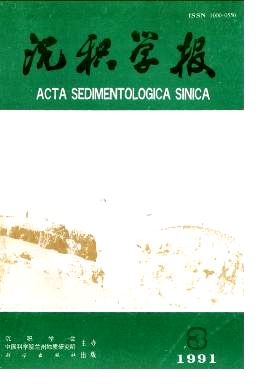The Sedimentary Paleogeography of Givetian-Frasnian (Devonian) and Its Ore-Controlling Significance in Xicheng Pb-Zn Orefield, Gansu Province
- Received Date: 1990-03-09
- Publish Date: 1991-09-10
Abstract: The Xicheng Pb-Zn orefield is one of the most famous orefields in China. Xihanshui Group of Devonian is the main Pb-Zn ore bearing stratum, which was divided into three formation. In this paper, stratigraphic correlation of Givetian-Frasnian (Honglingshan Formation) is made through analysing conodonts in this area and its sedimentary facies and paleogeography. Honglingshan Fomation in this area consists of 12 types of microfacies and 6 macro facies which are: open shelf, open platform, restricted platform, reef and bioherm, forereef slope and lagoon facies. Honglingshan Formation in Xicheng aera is suggested being a rim carbonate platform, on the northern and southern edges of which are rim reefs or bioherms. Thus, there were five sedimentary areas and belts of facies in Givetian and Frasnian, which are: 1) northern open shelf area, 2) Dongshan-Changba reefs belts (windward), 3) Shepu-Xiangyangshan lagoon area, 4) Yeshuihe-Bijiashan reefs belts (leeward), and 5) southern open shelf area. The most of Pb-Zn ore deposits in Xicheng orefield are in the lagoon area between the north and the south reefs belts, showing the lagoon basin is a favourable area to form Pb-Zn ore, which is an important area to explore Pb-Zn ore in the future.
| Citation: | Du Yuansheng, Zhao Xiwen. The Sedimentary Paleogeography of Givetian-Frasnian (Devonian) and Its Ore-Controlling Significance in Xicheng Pb-Zn Orefield, Gansu Province[J]. Acta Sedimentologica Sinica, 1991, 9(3): 22-30. |






 DownLoad:
DownLoad: